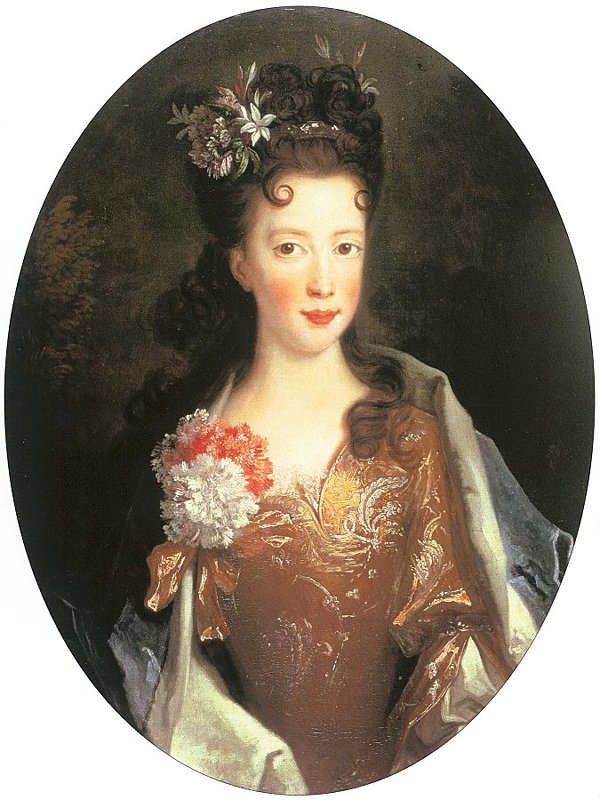History of the Stewarts | Famous Stewarts
If you are a Stewart Society Member please login above to view all of the items in this section. If you want general information on how to research your ancestors and some helpful links - please look in background information.
If you have a specific question you can contact our archivist.

Princess Louisa Maria Stuart
Louisa Maria was born in 1692, at Saint-Germain-en-Laye, during her parents´ exile. Owing to the huge controversy which had surrounded the birth of her brother, James Francis Edward, with accusations of the substitution of another baby in a warming pan following a still-birth, James II had sent letters inviting not only his daughter, Queen Mary II, to attend the birth in person, but also a large number of other Protestant ladies. Of all her legitimate siblings and half-siblings, only her brother James Francis Edward and her half-sisters, Queen Mary II and Queen Anne, survived infancy. Mary died while Louisa Maria was still a small child, but she was on friendly terms with her half-sister Anne.
The new-born princess was given the names Louisa and Maria in baptism. She was given the name Louisa in honour of King Louis XIV, who acted as her godfather. Her godmother was King Louis´s sister-in-law, Elizabeth Charlotte, Princess Palatine, Duchess of Orléans. After the birth, James II declared that Louisa Maria had been sent by God as a consolation for her parents at the time of their distress, and in later years she was often referred to as La Consolatrice.
Louisa was the only full sibling of Prince James Francis Edward, the ´Old Pretender´, to survive infancy, and was four years younger than her brother. The two were brought up together in France
Soon after her father´s death, Louis XIV proclaimed James Francis Edward as king of England, Scotland and Ireland, and he was also formally recognised as king by Spain, the Papal States and Modena. He and his sister Louisa Maria were transferred to Passy, into the care of Antoine Nompar de Caumont and his wife, with Lady Middleton continuing as Louisa Maria´s governess there.
On 23 March 1708, after a delay caused by the measles, the young James attempted a landing on Scottish soil, at the Firth of Forth, supported by a fleet of French ships. However, the force was driven off by a Royal Navy fleet led by Admiral Byng.
Louisa Maria enjoyed dancing and the opera, and became popular at the French court. Two possible matches for her were considered, with Louis XIV´s grandson Charles, Duke of Berry (1686–1714), and with King Charles XII of Sweden (1682–1718). Neither took place, the first apparently due to Louisa Maria´s equivocal position, and the second because the young King of Sweden was not a Roman Catholic.
In April 1712, both James Francis Edward and his sister fell sick with smallpox. While the her brother recovered, Louisa Maria died on 18 April (8 April, Old Style) and was buried with her father at the Church of the English Benedictines in Paris.
Like many other churches in Paris, the Church of the English Benedictines was desecrated and vandalised during the French Revolution. According to Jules Janin, writing in 1844, the remains of Princess Louisa Maria and her father King James II were then resting in the military hospital of the Val-de-Grâce.
However her entrails were buried at the Scots College in Paris and at the parish church of Saint Germaine en Laye.
In 1824 during the digging of the new foundations three small lead boxes were discovered. The first of these had upon it an inscription identifying the contents some of the remains of King James II and VII. The second and third boxes are presumed to contain some of the remains of his wife Queen Mary Beatrice and of their daughter Princess Louisa.
On September 9, 1824, while the church was still only partially built, the remains of King James, his wife, and daughter were solemnly re-interred in what is now the first chapel on the right as one enters the church.

